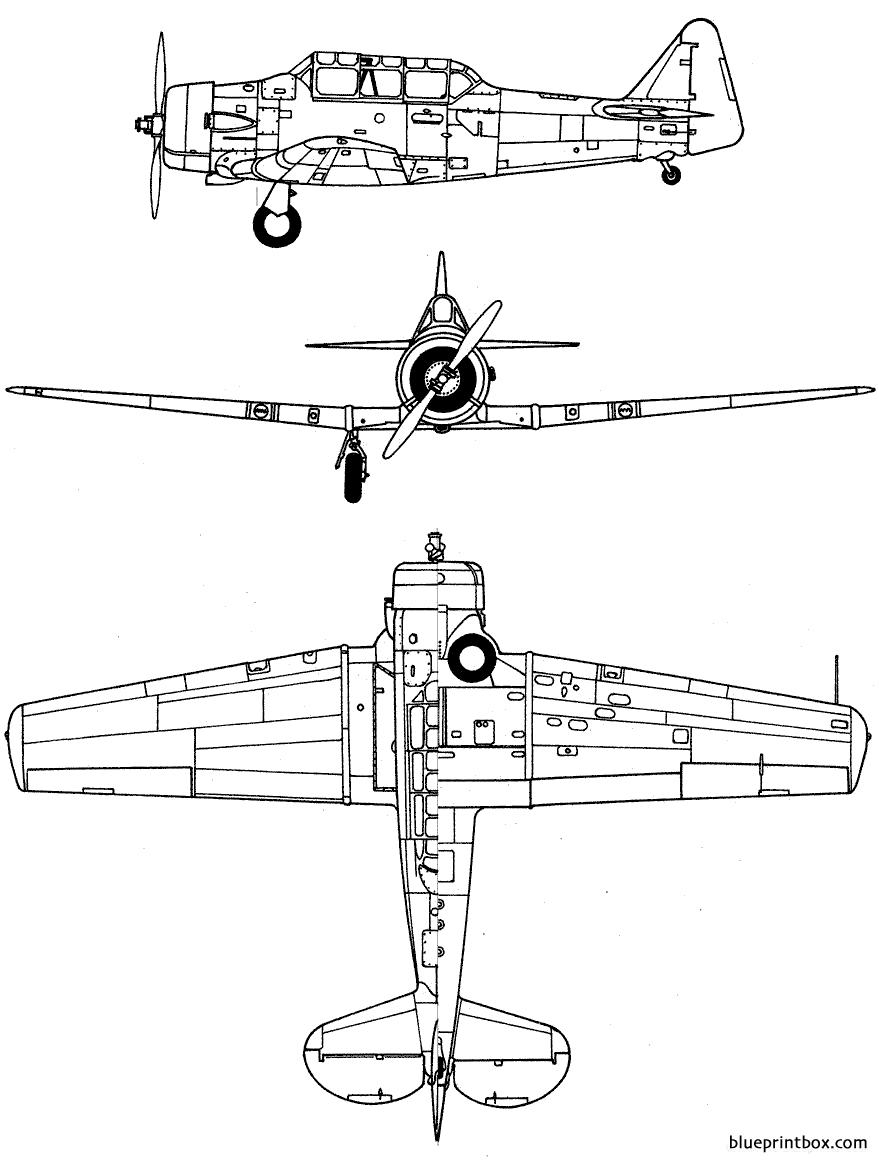Though it was primarily used for training purposes within the U.S. military, other allied militaries would eventually use the aircraft in combat roles.
The AT-6 was used by the United States Army Air Forces, United States Navy and British Royal Air Force during World War II, to train pilots. The AT-6 aircraft were single-engine, low-wing monoplane trainer aircraft that allowed the student and instructor to sit in tandem and could be fitted with bomb racks and reconnaissance cameras for additional training. Today, these aircraft are popular for airshow demonstrations.

Serial Number: 039
Manufacturer: North American Aviation
Crew: Two
Engines: One Pratt & Whitney R-1340-49 600 horsepower radial
Wingspan: 42 feet
Length: 29 feet
Height: 11 feet 9 inches
Weight: 3,900 pounds (empty); 5,700 pounds (loaded)
Speed: 210 mph at 5,000 feet
Range: 750 miles
Service Ceiling: 24,200 feet
Armament: Two 0.3-in (7.72mm) machine guns, 1 fixed, 1 trainable
Cost: $25,672
In the late 1940s, Hill Air Force Base performed repairs and modifications on the AT-6 aircraft and its components. By the late 1950s, Air Material Command and Hill Air Force Base oversaw phasing out of servicing several aircraft, including some AT-6 trainers.
The AT-6A displayed was constructed by an aircraft restoration firm at the request of the Aerospace Heritage Foundation of Utah, using parts acquired from several sources. In 1996, it was put onto permanent display at Hill Aerospace Museum.
Though it was primarily used for training purposes within the U.S. military, other allied militaries would eventually use the aircraft in combat roles.
This aircraft was used primarily for advanced training of pilots for the U.S. Army Air Forces, U.S. Navy and Allied Air Forces.
The AT-6A Texan was upgraded with a 600hp engine, forward firing machine guns and removable fuel tanks.
15,495 were built by North American Aviation between 1935 and 1952.